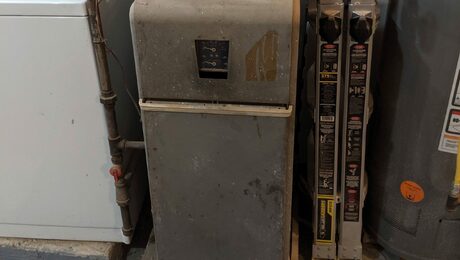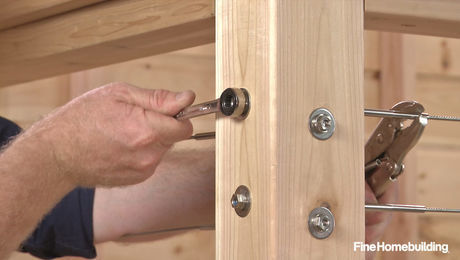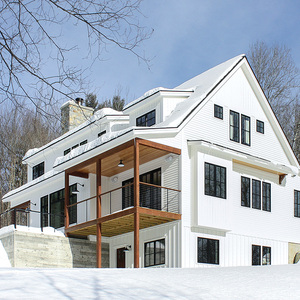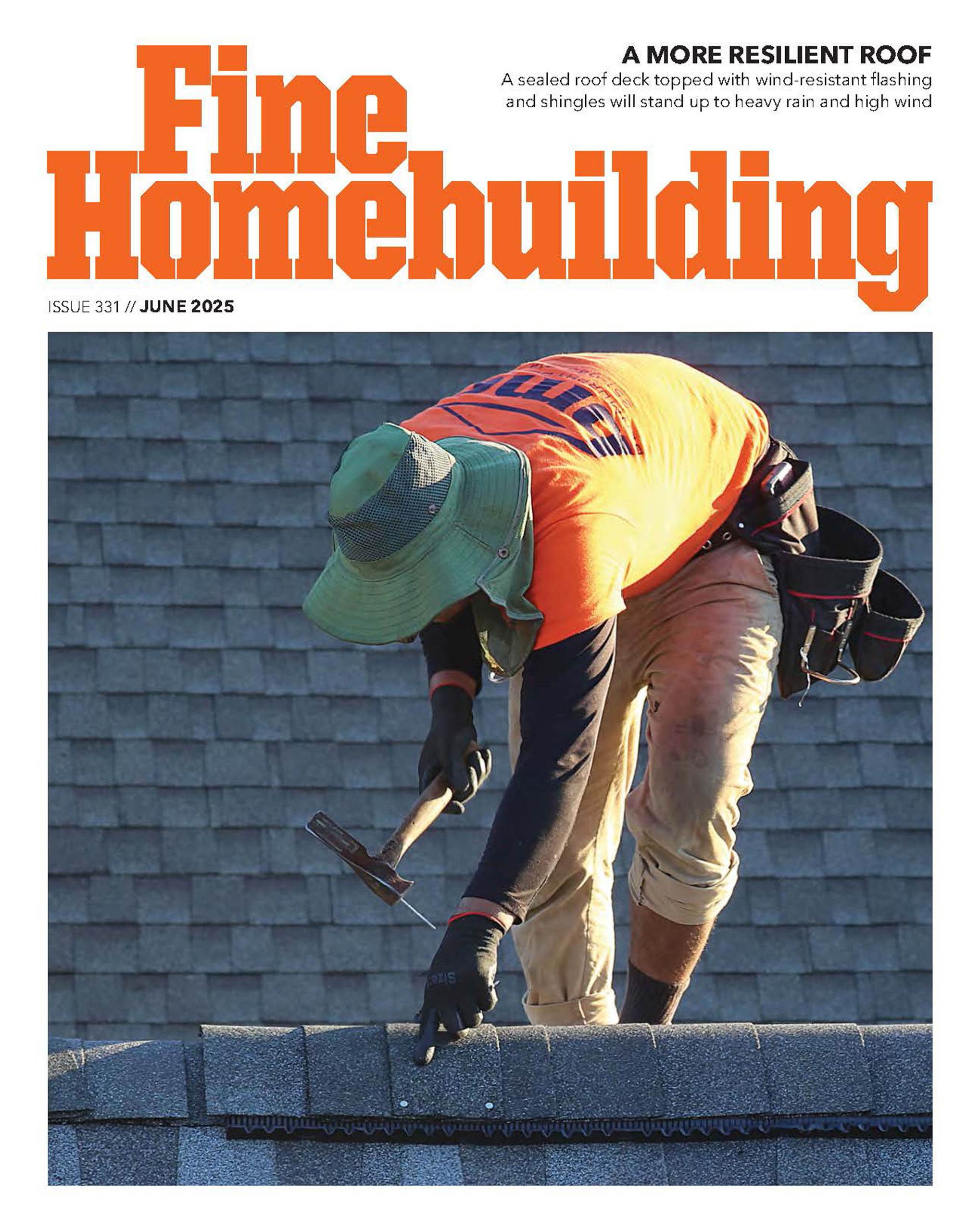Discussion Forum
Discussion Forum
Up Next
Video Shorts
Featured Story

Listeners write in about tools and California wildfires before asking questions about rotting exteriors, leaky garage roofs, and replacing concrete basement floors.
Featured Video
How to Install Cable Rail Around Wood-Post CornersHighlights
"I have learned so much thanks to the searchable articles on the FHB website. I can confidently say that I expect to be a life-long subscriber." - M.K.
Fine Homebuilding Magazine
- Home Group
- Antique Trader
- Arts & Crafts Homes
- Bank Note Reporter
- Cabin Life
- Cuisine at Home
- Fine Gardening
- Fine Woodworking
- Green Building Advisor
- Garden Gate
- Horticulture
- Keep Craft Alive
- Log Home Living
- Military Trader/Vehicles
- Numismatic News
- Numismaster
- Old Cars Weekly
- Old House Journal
- Period Homes
- Popular Woodworking
- Script
- ShopNotes
- Sports Collectors Digest
- Threads
- Timber Home Living
- Traditional Building
- Woodsmith
- World Coin News
- Writer's Digest


















Replies
Not sure if I'm reading you right. If you allready have an inch and an eighth structural floor deck and you are placing your radiant heat on that, I'm not sure if you need more. Sounds beefy now. Is this radiant heat electric or hydronic? I put hydronic heat over T&G 3/4 ply and used another 3/4 ply for the radiant heat (although it's not continuous). Not sure you need a 'vapor barrier'. Plywood does meet the definition of vapor barrier, I believe. Since this is a 2nd floor, not sure you need to be concerned about 'blocking radiant heat'.
Your concerns
1. Vapor barrier
Unnecessary. The second floor structure is within the envelope of the house. Where do you think vapor would come from that you need to block?
2. Smells associated with any oil based underlayment
May be valid. You need to be sure that whatever you use, if anything, is specifically warranted by the manufacturer over radiant heat of the type you install. The flooring manufacturer should supply or specify the product to be used under their flooring.
Did a radiant floating floor last fall.
Subfloor, then on top of that- Pex tubing placed on approx. 6" centers in between OSB strips and curves. Metal transfer plates (4" wide with channel) laid b/4 hose, hose "snapped in" those alum. channels.
Kaars flooring with their recommended radiant heat "pad" first, laid over that-click lock flooring. The pad had two sides "plastic" sheeting with a bead sort of foam ball (BB sized) in between. It had a peel and stick overlapping seam of about 6"s. Pad thickness might have been an eighth inch thick.
Heat temp of system not over 88 degrees I think.
Remember, I'm a dumb carpenter following direction from heating contactor and assisted by homowner.
Take a look at the Kaars site, might be a logical explanation of what it all means.
Red Rosin Pepr
I just finished 1500sf of overfloor radiant. Under floating engineered hardwood flooring and laminate.
I used red rosin paper on top of the furring strips and tubes. In my experience investigating problem homes this seemed to be a simple, effective technique.
I've done this over gypcrete too.
As I understand it, it is only to prevent squeaks anyways.
You should not need a vapor barrier.
-Rob